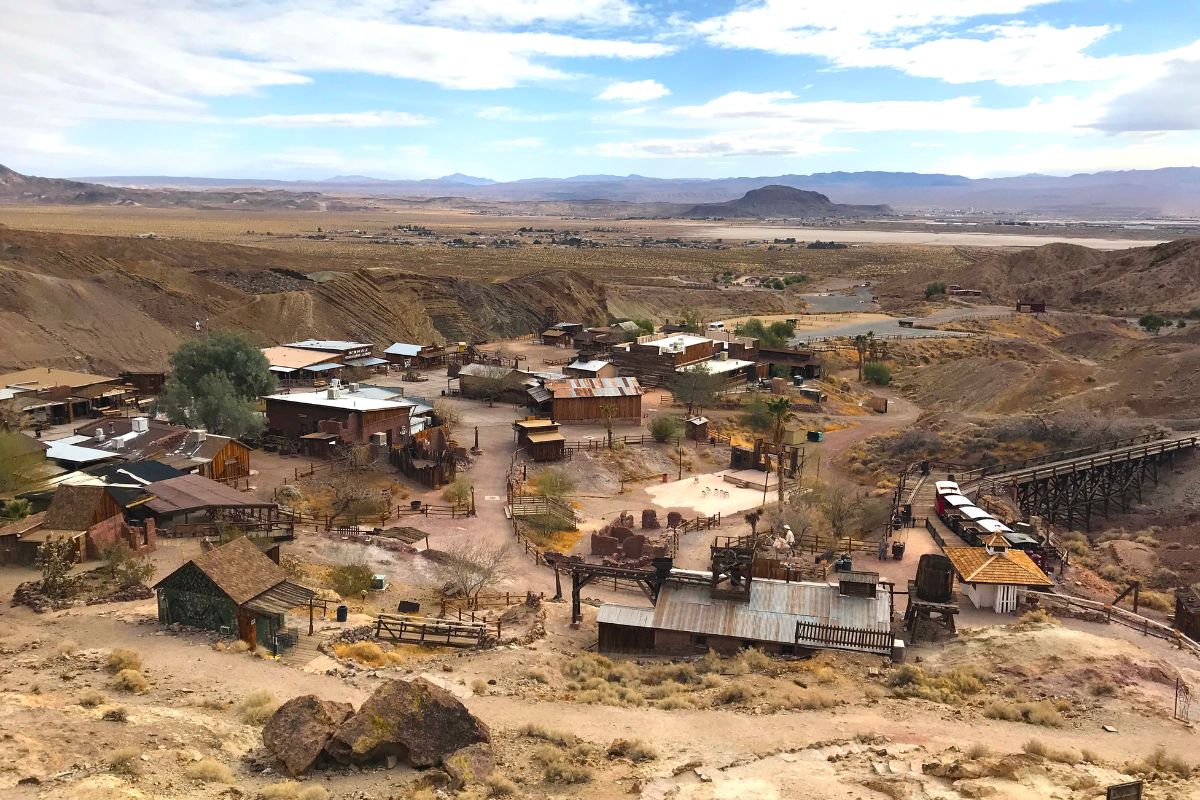Secrets Of The Silver Mines: Boomtowns Turned Ghost Towns

Ever wondered what happens to towns after the silver rush ends? Boomtowns turned ghost towns hold fascinating stories of rapid growth followed by sudden decline. These places once buzzed with miners, merchants, and families chasing dreams of wealth. When the silver veins dried up, many packed their bags, leaving behind empty buildings and silent streets. Exploring these ghost towns offers a glimpse into a past filled with hope and hardship. You can still see old saloons, abandoned homes, and rusting machinery that tell tales of a bygone era. Ready to step back in time and uncover the secrets of these forgotten places?
The Rise and Fall of Silver Boomtowns
During the 19th century, silver mining towns sprang up almost overnight. These boomtowns thrived on the promise of wealth and prosperity. However, when the silver veins ran dry, many of these bustling towns were abandoned, leaving behind ghostly remnants of their former glory.
1. Bodie, California
Bodie stands as one of the most famous ghost towns in the United States. Once a thriving mining town with a population of nearly 10,000, it now serves as a state historic park. Visitors can explore the well-preserved buildings and imagine life during its heyday.
2. Virginia City, Nevada
Virginia City boomed after the discovery of the Comstock Lode in 1859. It became one of the richest mining towns in the world. Today, it offers a glimpse into the past with its historic buildings, museums, and even a haunted hotel.
3. Silverton, Colorado
Nestled in the San Juan Mountains, Silverton was a bustling mining town in the late 1800s. The town's historic district is now a National Historic Landmark. Tourists can ride the Durango & Silverton Narrow Gauge Railroad to experience the scenic beauty and rich history.
4. Jerome, Arizona
Jerome, once known as the "Wickedest Town in the West," was a booming mining town in the early 20th century. After the mines closed, it became a ghost town. Today, Jerome is a vibrant artist community with galleries, shops, and historic sites.
5. Calico, California
Calico was founded in 1881 during the largest silver strike in California. At its peak, it had over 500 mines. When silver prices dropped, the town was abandoned. Now, Calico is a county park where visitors can explore the old mines and restored buildings.
6. Leadville, Colorado
Leadville, once one of the world's largest silver camps, is rich in history. The town's historic district features well-preserved buildings and museums. Visitors can learn about the town's mining past and its famous residents, including Doc Holliday.
7. Tombstone, Arizona
Tombstone is famous for the Gunfight at the O.K. Corral, but it was also a significant silver mining town. The town's historic district offers a glimpse into the Wild West with its saloons, theaters, and the famous Boot Hill Cemetery.
8. Eureka, Nevada
Eureka was one of Nevada's most important mining towns in the late 1800s. The town's historic district includes the Eureka Opera House and the Jackson House Hotel. Visitors can explore the remnants of the town's mining past and enjoy its small-town charm.
9. Park City, Utah
Park City began as a silver mining town in the late 1800s. Today, it is better known as a world-class ski resort. The town's historic Main Street is lined with shops, restaurants, and galleries, offering a blend of old and new.
10. Silver Reef, Utah
Silver Reef was unique because it was one of the few places where silver was found in sandstone. The town boomed in the late 1800s but was abandoned by the early 1900s. Visitors can explore the ruins and learn about the town's unique geology at the museum.
The Legacy of Boomtowns
Boomtowns that once thrived around silver mines now stand as ghost towns, silent witnesses to a bygone era. These towns tell stories of rapid growth, prosperity, and sudden decline. Visiting these places offers a unique glimpse into the past, showing how the silver rush shaped communities and economies.
Exploring these ghost towns can be both educational and eerie. You can see old buildings, abandoned mines, and relics that paint a vivid picture of life during the boom. It's a chance to reflect on how quickly fortunes can change and how nature reclaims what was once bustling with activity.
These ghost towns are more than just abandoned places; they are historical treasures. They remind us of the human spirit and the relentless pursuit of wealth. Next time you visit, take a moment to appreciate the stories they hold.

